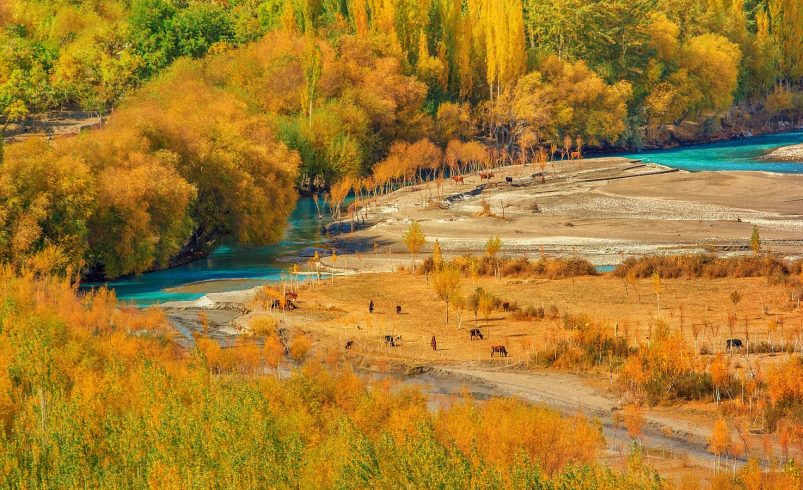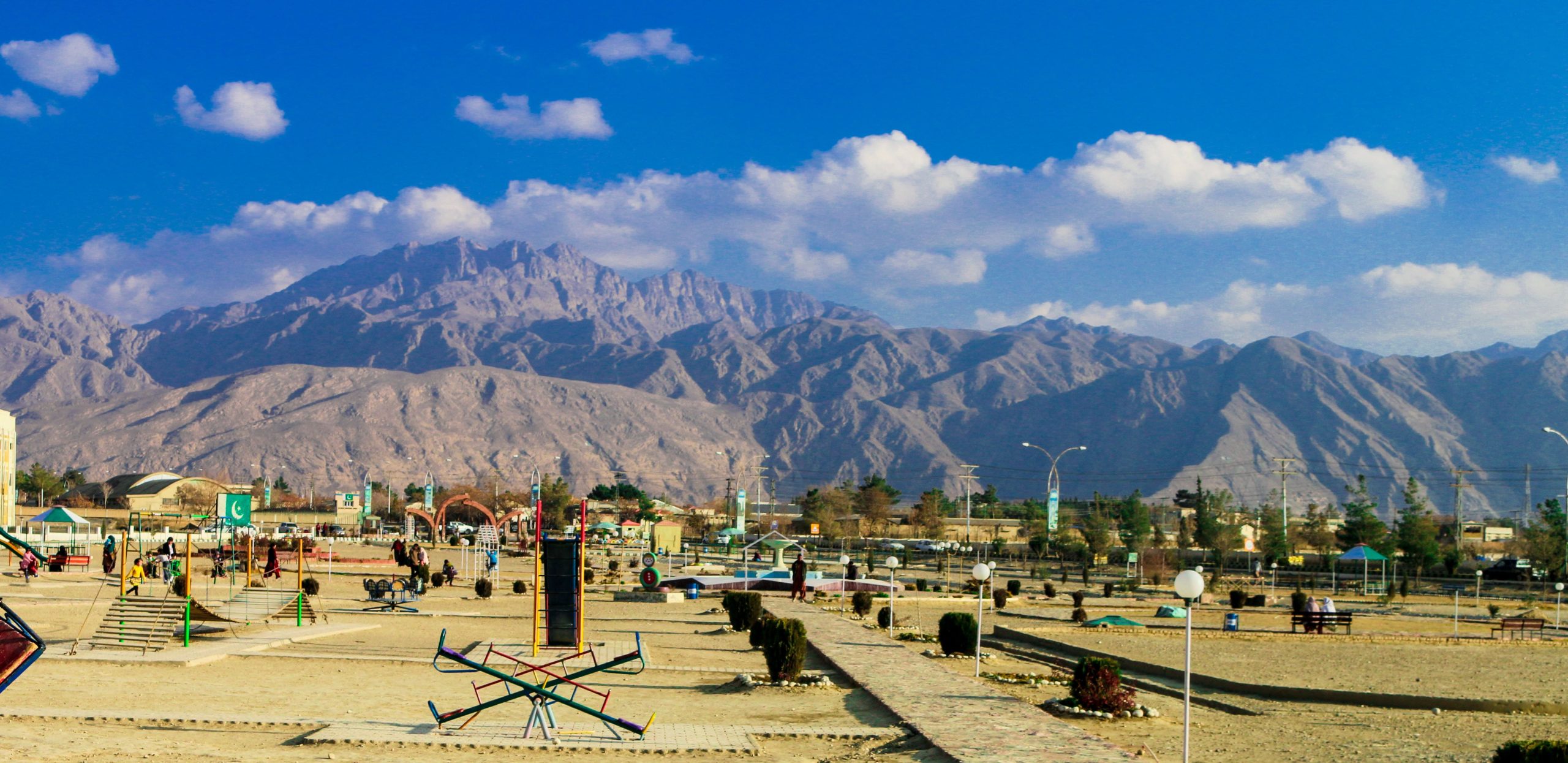
- April 26, 2025
🏞️ Introduction
The Saltoro Valley, nestled in the Ghanche District of Gilgit-Baltistan, is a hidden paradise in the heart of the Karakoram Range. Largely untouched by commercial tourism, it offers raw, unfiltered beauty, dramatic mountain scenery, and rich cultural heritage. This remote yet breathtaking valley, bordering the Siachen Glacier, is not only of strategic importance but also a wonderland for travelers who crave untouched nature and serene landscapes.
🕰️ History of Saltoro Valley
📜 Ancient Trade Routes
The Saltoro region was once part of ancient Silk Road trade networks. Traders and pilgrims crossed this valley en route to Tibet, Ladakh, and Central Asia. The valleys of Ghanche acted as corridors connecting the Indian subcontinent to the vast mountain kingdoms beyond.
🪖 Military History & Strategic Importance
In more recent history, Saltoro has been at the center of strategic operations. The 1984 Indian occupation of the Siachen Glacier and subsequent military tensions made Saltoro Valley a high-altitude battleground. Despite this, local communities continue to thrive, preserving traditions that go back centuries.
🏛️ Cultural Heritage of Saltoro Valley
🎎 People and Language
The valley is home to the Balti people, an ethnic group of Tibetan origin. Their language, customs, and way of life reflect a deep connection to both Tibetan and Islamic traditions.
🕌 Religion and Architecture
The region is predominantly Muslim, with traces of pre-Islamic beliefs and Tibetan Buddhism in oral stories and traditional songs. Ancient mosques, stupas, and shrines stand as symbols of its diverse religious past.
🥁 Music and Festivals
Music in the Saltoro Valley features traditional Balti instruments like the damal and surna. Festivals such as May Fung and Nowruz are celebrated with communal feasts, dance, and prayers for prosperity.
🧭 Best Time to Visit Saltoro Valley
- Summer (June to August) is the best season due to clear skies, lush meadows, and accessible roads.
- Spring (April-May) brings blooming wildflowers but can still have snow-blocked paths.
- Autumn (September-October) offers golden hues and stunning contrast but colder nights.
- Winter is not recommended for tourism due to harsh weather and heavy snow.
🚗 How to Reach Saltoro Valley from Islamabad
- Route: Islamabad → Skardu (by air or via Karakoram Highway) → Khaplu → Saltoro (via local jeep)
- Distance: Approx. 800 km
- Travel Time: 24-28 hours by road, or 1.5-hour flight to Skardu + 6 hours by road
- Tips:
- Hire a 4×4 vehicle from Khaplu.
- Carry essentials as fuel and food stops are limited.
- Ensure permits if planning to trek near the Siachen zone.
📍 Top Places to Visit in Saltoro Valley
🌄 Saltoro Broq
An alpine pasture surrounded by glaciers and wildflowers. Perfect for trekkers and solitude seekers.
🏕️ Saltoro Kangri Base Camp
A rugged site for adventurers and mountaineers aiming to climb the 7,742m Saltoro Kangri.
🪨 Siachen Tower
A tall rock structure amidst green fields, popular for climbing and camping.
🏞️ River Saltoro
A picturesque glacial river cutting through the valley. Ideal for photography and meditation.
🏔️ Top Peaks Around Saltoro Valley
1. Saltoro Kangri (7,742 m / 25,400 ft)
- Location: Saltoro Ridge, near the Siachen Glacier
- Significance: Highest peak of the Saltoro Range
- Highlights: Known as the “king of Saltoro”, it’s the 31st highest mountain in the world and rarely climbed due to its proximity to the Line of Control (LoC).
- First Ascent: 1962 by an Indo-Japanese expedition
2. Ghent Kangri (7,401 m / 24,281 ft)
- Location: North of Saltoro Kangri
- Highlights: Towering, pyramid-shaped peak; part of the controversial Siachen area.
- First Ascent: Climbed by Indian Army teams; highly restricted access.
3. Sia Kangri (7,422 m / 24,350 ft)
- Location: At the junction of Pakistan, India, and China borders
- Significance: Lies near the disputed tri-junction area
- First Ascent: 1934 by an international expedition
4. Chumik Kangri (6,745 m / 22,129 ft)
- Location: Southeastern Saltoro Range
- Significance: Another peak close to militarized zones, often observed in glacier operations
- Highlights: Offers majestic views of snow fields and ridgelines
5. Bilafond Sar (6,150 m / 20,180 ft)
- Location: Near Bilafond La pass
- Significance: Named after Bilafond Pass; rarely attempted due to high security restrictions
- Features: Steep inclines and rugged terrain
6. Gyong Kangri (6,727 m / 22,070 ft)
- Location: Near Gyong La Pass, south of Saltoro Kangri
- Importance: Holds strategic military relevance; situated along important ridgelines
- Climbing: Mostly surveyed but rarely summited
7. Sherpi Kangri (6,940 m / 22,769 ft)
- Location: East of Saltoro Kangri
- Highlights: One of the lesser-known yet visually striking peaks in the Saltoro group
- Features: Covered in snow year-round
8. Bana Top (Strategic Peak, ~5,300 m)
- Note: Not a traditional climbing peak, but a critical military high point secured by Indian troops in the 1980s. Symbolic in the region’s geopolitical landscape.
🧗 Activities to Do in Saltoro Valley
- Trekking to base camps
- Camping in Saltoro Broq
- Photography of mountain landscapes and local life
- Cultural tours to Balti homes
- Wildlife spotting (snow leopards, Himalayan ibex)
🎊 Local Festivals & Events
- Nowruz (Spring Festival): Celebrated in March, marking the Persian New Year.
- May Fung (Bonfire Festival): A winter festival where locals light bonfires to celebrate blessings.
🏨 Where to Stay in Saltoro Valley
- Guesthouses in Khaplu: Basic but comfortable stays with local food.
- Homestays in Saltoro Villages: Experience traditional Balti hospitality.
- Camping: For trekkers, carry personal tents and gear.
🍽️ What to Eat in Saltoro Valley
- Khaplu Bread with yak butter
- Balay – A Balti-style noodle soup
- Prapu – Local dumplings
- Tsamig – A barley-based dish
🗺️ Nearby Places to Visit
- Khaplu Fort (57 km)
- Shyok River Viewpoints
- Hushe Valley – Starting point for Gondogoro La trek
🎒 Travel Packing Checklist
- Warm layers
- Hiking boots
- First aid kit
- Water purifier
- Power bank
- Sunscreen & sunglasses
- Trekking poles
- Personal tent (if camping)
🚨 Emergency Contacts & Health Precautions
- Local Police (Khaplu): 05816-450001
- Skardu Hospital: 05815-920060
- Travel Insurance: Recommended
- Carry altitude sickness medicine
- Boil or purify drinking water
💡 Travel Tips
- Always travel with a local guide for safety.
- Respect cultural norms—modest dressing is appreciated.
- Avoid photographing military areas.
- Pack food and cash—ATMs are rare.
❓ FAQs
🔹 What is Saltoro Valley famous for?
Saltoro Valley travel guide highlights its rugged beauty, military history, and alpine adventures.
🔹 Is Saltoro Valley safe to visit?
Yes, it is generally safe for Pakistani travelers. Check advisories if you’re foreign.
🔹 Do I need a permit to enter Saltoro Valley?
Not for locals, but foreign nationals may need clearance.
🔹 Can families travel to Saltoro Valley?
Absolutely. But be prepared for basic facilities and remote settings.
🔹 What is the best time to visit Saltoro Valley?
From June to August is ideal for travel and trekking.
🔹 What is the main language spoken in the valley?
Balti is the main language, though Urdu is understood.
🔹 Can I trek without a guide in Saltoro Valley?
It’s possible, but not recommended due to the terrain.
🔹 What kind of wildlife is found in Saltoro Valley?
Snow leopards, ibex, foxes, and golden eagles are spotted here.
🔹 Is mobile network available in Saltoro Valley?
Signal is weak or unavailable in most areas.
🔹 How is the weather in Saltoro Valley?
Cool in summers, freezing in winters. Always prepare for cold nights.
🏁 Conclusion
The Saltoro Valley travel guide is your key to exploring one of the most secluded, scenic, and culturally rich regions of Pakistan. From towering peaks to cultural charm, this untouched valley promises an unforgettable experience for those who dare to wander off the beaten path. Whether you’re a history buff, an adventurer, or a peace-seeking soul, Saltoro Valley offers a blend of serenity and spectacle that few places in the world can match.






